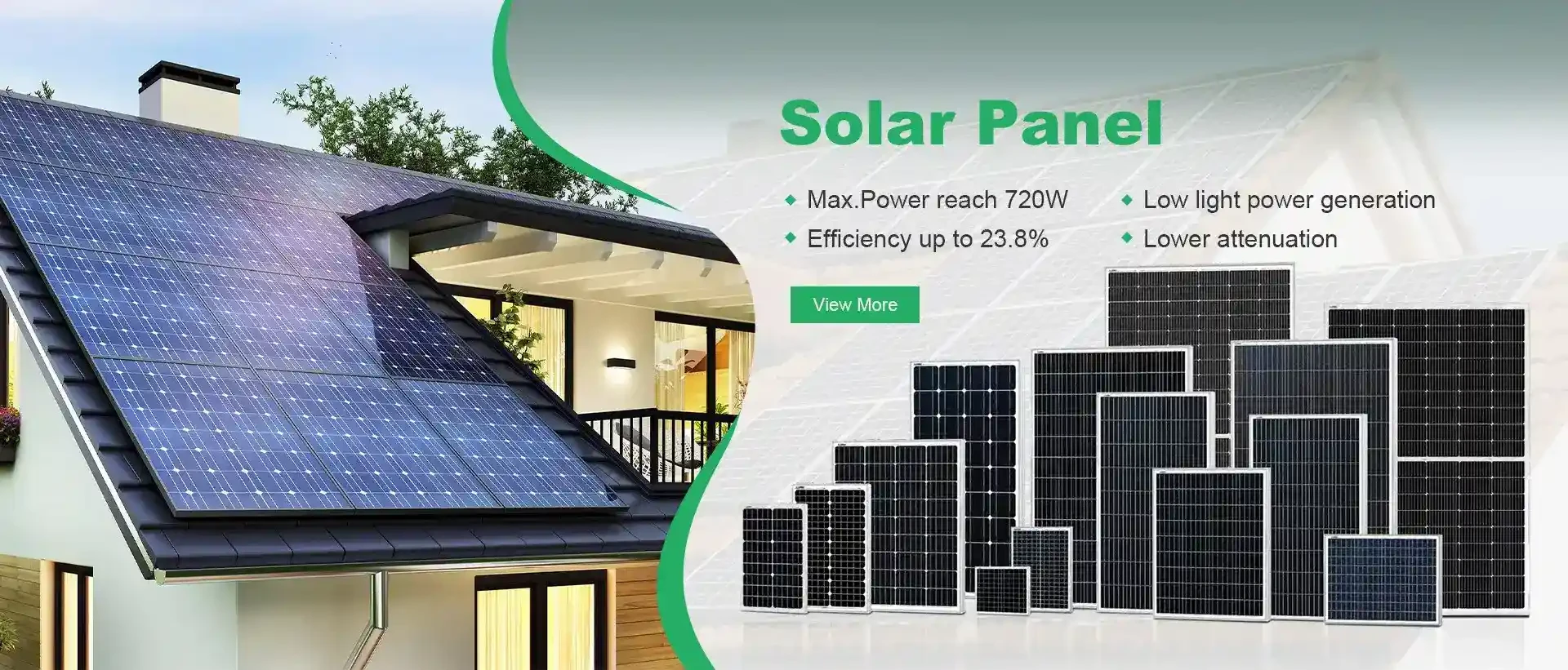bi facial panel
The Evolution and Benefits of Bi-Facial Solar Panels
As the world shifts towards renewable energy, solar technology has seen remarkable advancements, one of which is the rise of bi-facial solar panels. Unlike traditional solar panels, which capture sunlight from one side, bi-facial panels harness solar energy from both their front and rear sides. This innovation not only increases energy efficiency but also broadens the applications of solar technology.
Understanding Bi-Facial Solar Panels
Bi-facial solar panels are constructed with photovoltaic cells on both surfaces. The front side operates just like traditional solar panels, absorbing direct sunlight. However, the rear side captures reflected sunlight, enhancing the overall energy yield. This design is particularly effective in environments with high albedo, where the ground reflects much sunlight, such as snowy regions or areas with light-colored surfaces.
Advantages of Bi-Facial Technology
1. Increased Energy Output Studies have shown that bi-facial panels can produce 10% to 20% more energy than their monofacial counterparts. This increase in energy generation can significantly enhance the return on investment for solar projects, making them a more attractive option for both residential and commercial applications.
2. Reduced Land Use As bi-facial panels generate more energy from the same footprint, they can help mitigate the land use concerns often associated with large-scale solar farms. By maximizing energy output without requiring additional space, they create a more sustainable approach to solar energy production.
3. Durability and Longevity Bi-facial panels are often built with advanced materials and robust designs, which contribute to their durability. They are typically less affected by shadows and dirt, which can lead to better performance over time. Their longevity means that consumers can enjoy reliable energy production for decades.
bi facial panel

4. Versatility in Installation These panels are versatile in terms of installation. They can be mounted on rooftops, integrated into building designs, or installed in ground-mounted systems. This flexibility allows for innovative design solutions in urban environments and remote areas alike.
5. Environmental Benefits As with all solar technology, bi-facial solar panels contribute to reducing carbon emissions. By capturing more sunlight efficiently, they reduce the need for fossil fuel-based energy, thus playing a critical role in combating climate change.
Challenges and Considerations
Despite their advantages, bi-facial panels come with certain challenges. The initial cost can be higher than traditional panels, which might deter some consumers. Additionally, their effectiveness largely depends on installation conditions—ground reflectivity, angle, and orientation play a crucial role in optimizing their performance.
Proper infrastructure and design considerations are essential to maximize the benefits of bi-facial panels. For instance, installing these panels on reflective surfaces or using tracking systems can further enhance energy production.
Conclusion
Bi-facial solar panels represent a significant leap forward in solar technology. Their ability to generate energy from both sides, coupled with their increased output and durability, makes them an exciting option for the future of renewable energy. As the global community continues to prioritize sustainability, the adoption of bi-facial solar panels could play a vital role in harmonizing energy needs with environmental responsibilities. Embracing this technology not only paves the way for a cleaner energy landscape but also empowers individuals and businesses to contribute to a more sustainable future.
-
Unlocking Energy Freedom with the Off Grid Solar InverterNewsJun.06,2025
-
Unlock More Solar Power with a High-Efficiency Bifacial Solar PanelNewsJun.06,2025
-
Power Your Future with High-Efficiency Monocrystalline Solar PanelsNewsJun.06,2025
-
Next-Gen Solar Power Starts with Micro Solar InvertersNewsJun.06,2025
-
Harnessing Peak Efficiency with the On Grid Solar InverterNewsJun.06,2025
-
Discover Unmatched Efficiency with the Latest String Solar InverterNewsJun.06,2025







